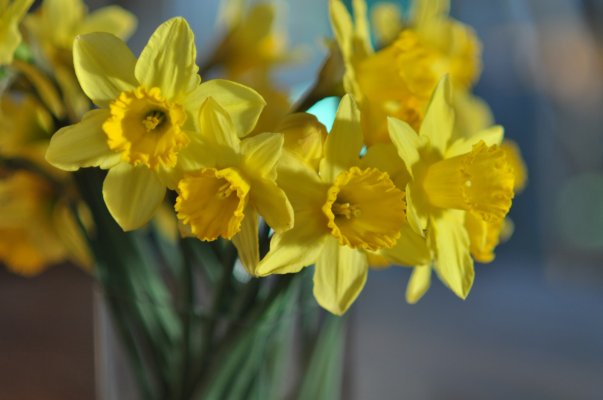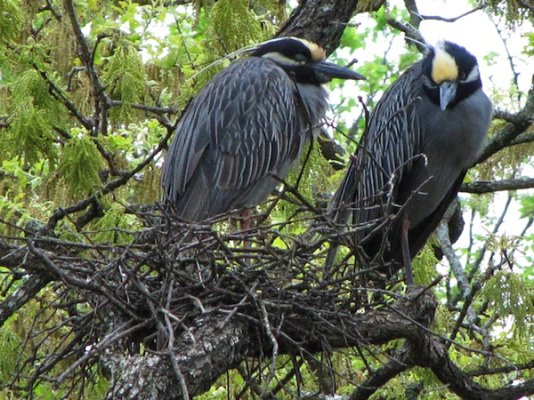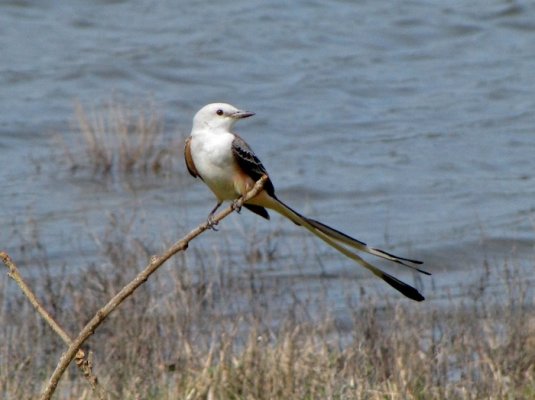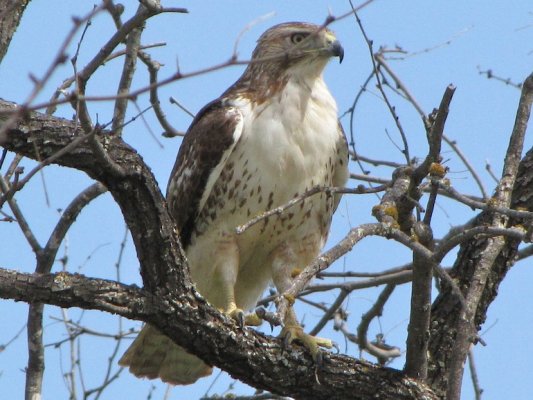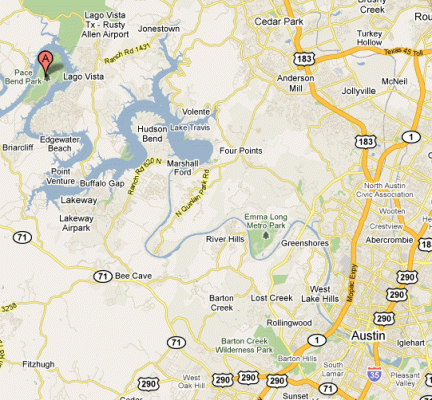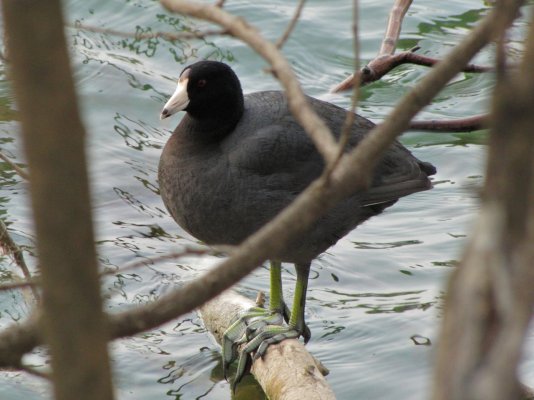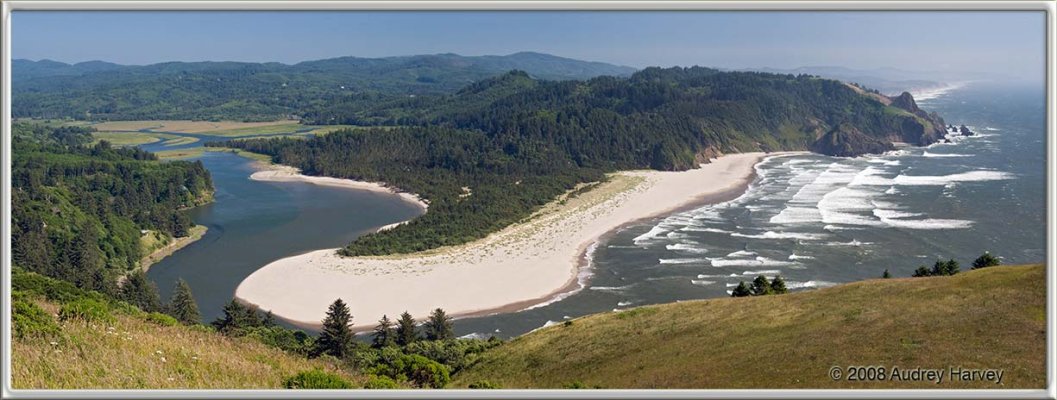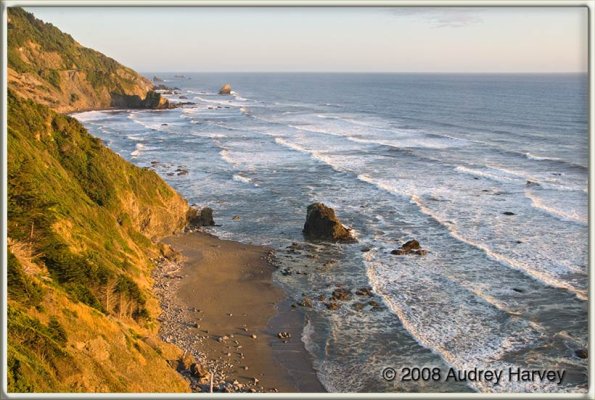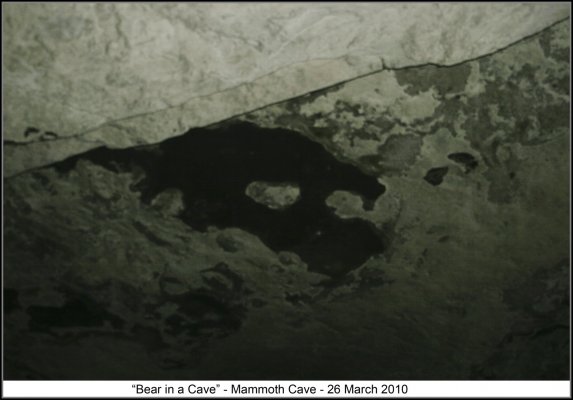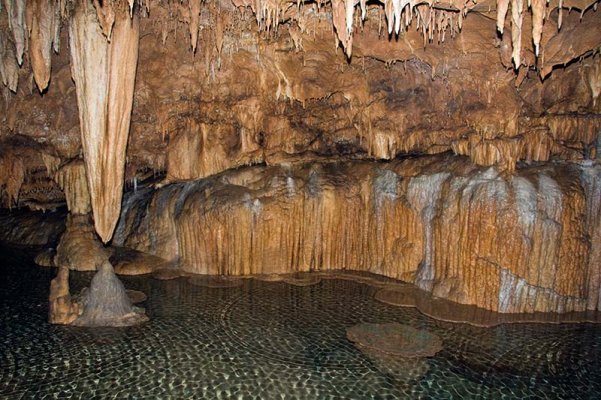RonBoyd
Give me a museum and I'll fill it. (Picasso) Give me a forum ...
Spring is in the air, tra-la, tra-la.
I have no idea what today's visitor to our garden is. Somebody said immature Lesser Goldfinch and somebody else said rubbish.
View attachment 8559
Actually, this used to perk my attention also. I would, in the spring, have a number of bright yellow birds invade out yard. The coloring was such that I thought they were Canaries. They would hang around for a very short time (a week maybe) and then disappear. Then my brother told me that they were common Purple Finches in their mating plumage. The picture you posted shows this change taking place.


